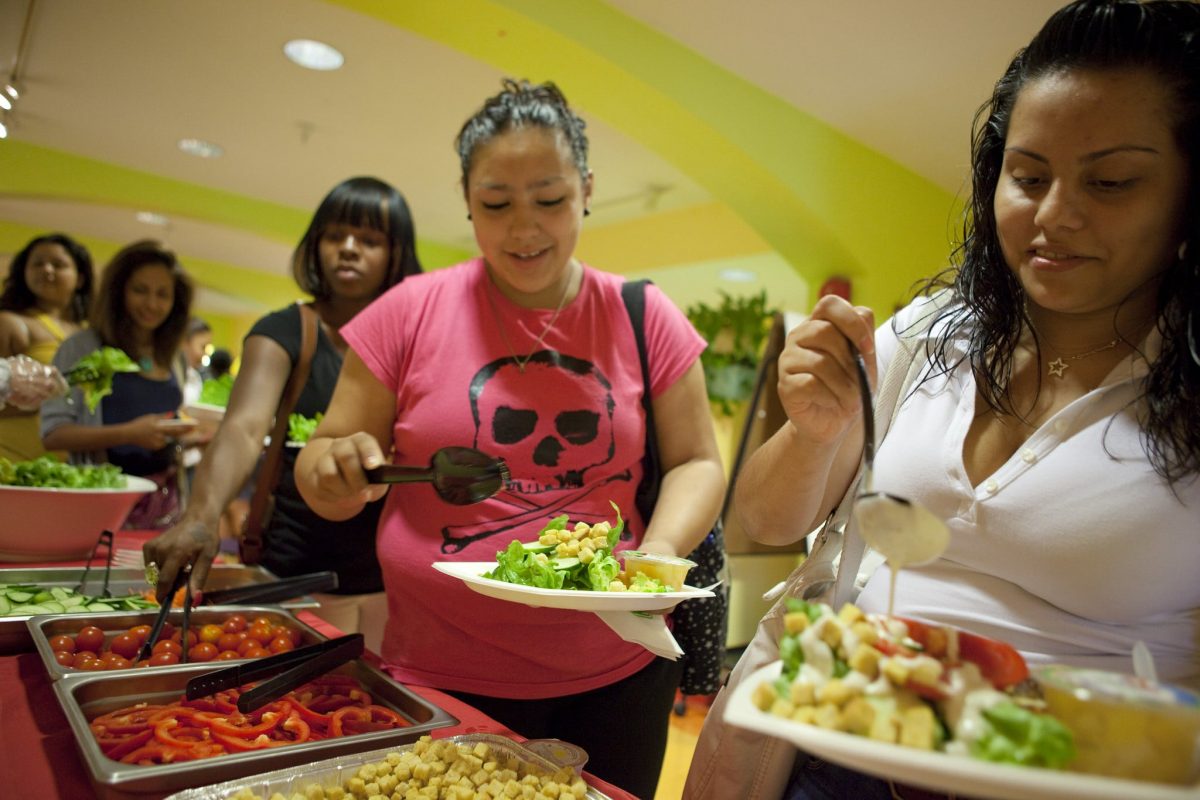Many parents and educators support bringing farms to local school systems. Even the U.S. Department of Agriculture (USDA) wants to make farm-to-school programs a priority.
Just a few months ago, the Trump Administration announced a USDA award of $12.1 million in grants to back these programs. Evidently, America is finally beginning to take a hint from Italy, Spain, and other European countries that serve nutritious, locally grown produce.
Ultimately, these programs benefit students, communities, and farmers across the country. Exploring the impact of bringing farms to school systems provides a deeper understanding of just how vital these programs are.
The Importance of Farm-to-School
As agtech, like artificial intelligence and autonomous vehicles, becomes more commonplace, human connection is beginning to disappear. Farmers are cutting staff and relying on machines to sort, harvest and package produce. Gone are the days of hand-planting and picking each berry and ear of corn. Most farmers don’t even sell their own crops anymore, instead opting to ship them off to supermarkets.
Consequently, people are losing touch with their food’s origins. Many children are unaware that milk comes from cows and 41% don’t even know eggs come from chickens. This troubling disconnect often translates to childhood obesity, malnourishment, and a lack of appreciation for planet earth and its resources.
If children understand where their food comes from, they may be able to reverse these negative trends and consequences. More importantly, the school system would raise up a generation of healthy, earth-conscious individuals who support local farms and the community as a whole.
How to Make the Connection
As a farmer, reconnecting kids with the earth and those who harvest rests on your shoulders. Even as the federal government grants schools money to support this connection, many educators don’t know where to begin when creating farm-to-school programs.
Moreover, unless they know about you and your farm, they won’t reach out to partner with you. Therefore, it’s important to take the initiative and begin making connections with the community you serve.
Participate in Farmers Markets
If you export most or all of your produce or livestock, consider shifting to a more local approach.
Collaborate with other farmers in the area and open a farmers market or community-supported agriculture program to encourage the consumption of more locally sourced foods. Hold community food events and network with organizations that focus on feeding kids and educating them about nutrition and conservation.
You might also partner with local schools to sell produce during sporting events or set up a farmers market in the parking lot on weekends. Doing so will allow kids to sample new foods and participate in hands-on education. Plus, you’ll create an opportunity for the school to begin using your produce in cooking classes or serving it to students for lunch.
Connect With Parents
As you participate in farmer’s markets and partner with schools, you’ll inevitably make connections with parents. Once they notice healthier behaviors in their kids and changes to school…
